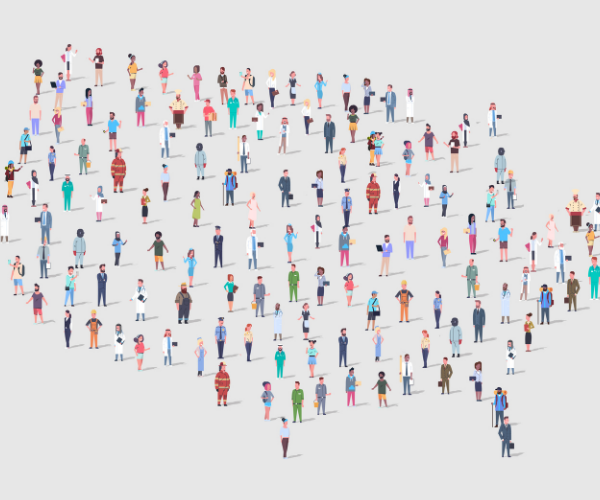Avian Flu and Influenza Pandemics
(2006) As avian flu kills a growing number of people and outbreaks of the virus are reported in birds from China to Turkey, public health officials fear a new global influenza pandemic could already be brewing.
(2006) As avian flu kills a growing number of people and outbreaks of the virus are reported in birds from China to Turkey, public health officials fear a new global influenza pandemic could already be brewing.

(2003) Coastal regions, areas that are home to a large and growing proportion of the world's population, are undergoing environmental decline.
(2009) As many as 140 million girls and women worldwide have undergone female genital mutilation/cutting (FGM/C), and more than 3 million girls are at risk for cutting each year on the African continent alone.

Even small actions, taken together, can help strengthen the case for the importance of public data to our shared future.
(2008) The impact of the devastating financial crisis on the U.S. workforce is becoming clear. Numerous economic indicators have pointed downward following the federal government's $700 billion bank bailout in October 2008.
(2011) Kakenya Ntaiya was born in a rural village in southern Kenya, one of eight children. When she was 5 years old, her parents arranged an engagement to a local boy. She was to be circumcised before becoming a teenager to signify the end of her education and the start of married life. I
(2010) In eastern Democratic Republic of Congo (DRC), HEAL Africa provides free health and psychosocial services to survivors of gender-based violence. Jeanne Muliri Kabekatyo ("Mama Muliri") pioneered and leads Heal My People, HEAL Africa's strategic response to gender-based violence.

New online community will foster connection and collaboration among federal data users across sectors and states